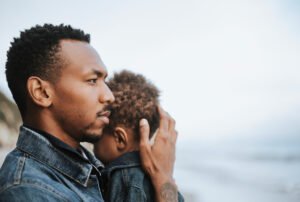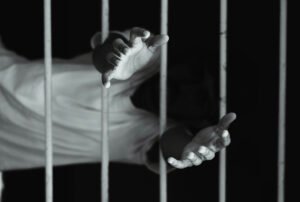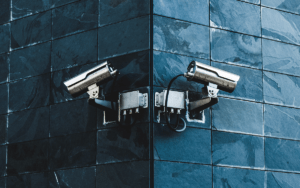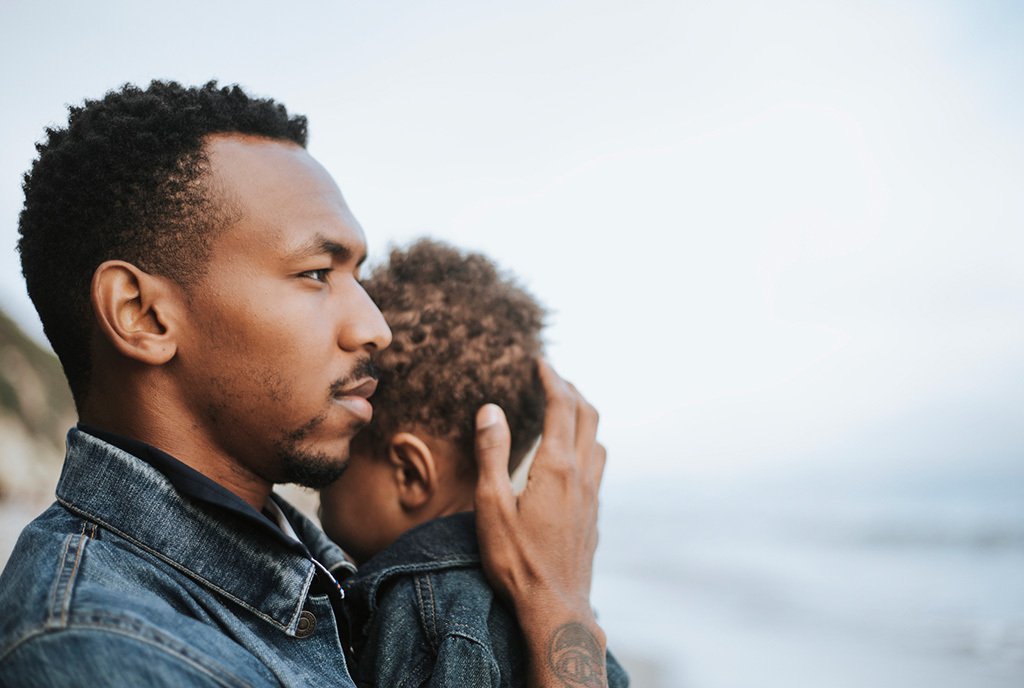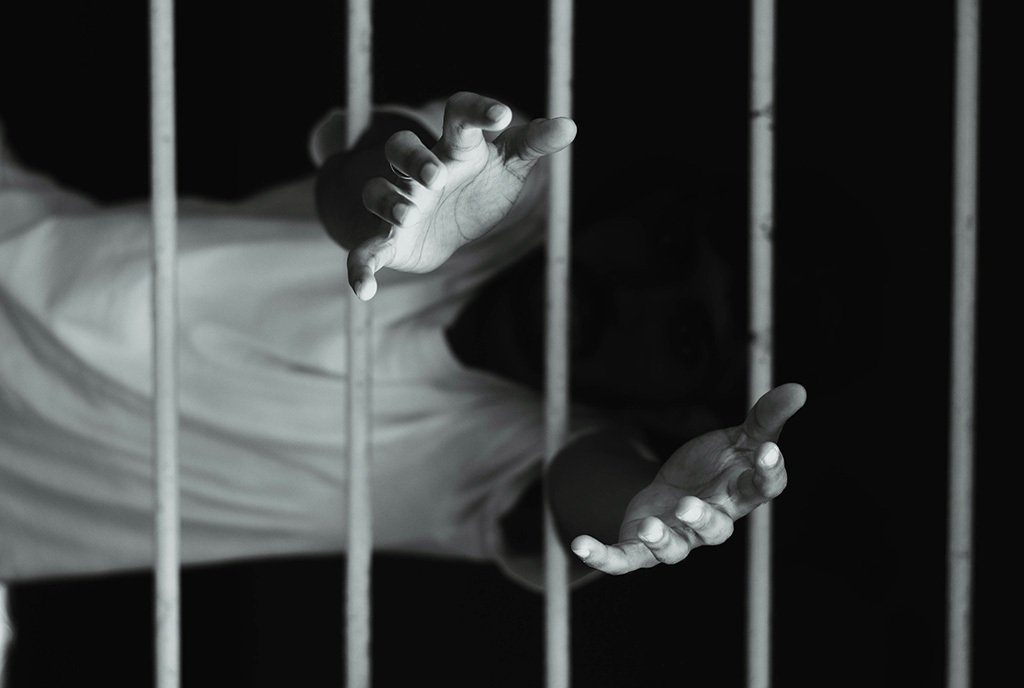February 18, 2015; Social Justice News Nexus
Here at NPQ, we like to believe we are more than just habitual commentators and observers of the nonprofit world; we are also fervent social justice journalists, activists, and advocates. For several years now, criminal justice reform reporting has been gaining momentum, which has undoubtedly contributed to the record number of wrongful convictions overturned last year and the newly-renewed Black Lives Matter movement, spotlighting the at-times flagrant racial bias of the system.
But while the journalism community has passionately reported on the innocents who have been harmed by the justice system, there is decidedly less attention paid exclusively to those who are guilty and their stories.
“We fear our readers can’t possibly develop compassion for anyone who robs, beats, rapes, or kills,” writes Steve Bogira for the Social Justice News Nexus. “We ourselves have trouble feeling compassion for such offenders; to do so violates a taboo. Only if the violent offender has the mitigating factor of youth, or sometimes mental illness, are we likely to take on his or her story.”
Is that true? How often do we cover the stories of violent, hardened criminals? But more importantly, what would be the value in a story showcasing these prisoners? They’re already imprisoned, their guilt is not in question, and they have committed a crime that deserves a just punishment. Where is the social justice story here?
According to Bogira, when we pass over guilty, violent prisoners, we miss the opportunity to show the real-life impact of concentrated poverty that can lead to the violence that results in mass incarceration—particularly among African Americans, who are disproportionately affected by the system:
Sign up for our free newsletters
Subscribe to NPQ's newsletters to have our top stories delivered directly to your inbox.
By signing up, you agree to our privacy policy and terms of use, and to receive messages from NPQ and our partners.
“There’s a crying need for stories that make the crucial connections between concentrated poverty and violence, and that shift the focus from individual responsibility to our collective culpability. In the context of criminal justice stories, it’s not a connection journalists can make when their subjects are innocent or non-violent.”
More prominent portrayals of the connection between poverty and mass incarceration are certainly needed. Indeed, they are prerequisite to truly understanding how to report on reforming the criminal justice system. And, of course, it’s not as though this connection has escaped the notice of journalism. Both past and recent coverage has focused on African Americans in poverty and their increased likelihood of ending up in prison. But this coverage almost never stems from or involves a conversation with a violent inmate. Rather, when profiling guilty inmates, coverage rarely steers away from profiling drug dealers, inmates with mental illnesses, and other non-violent offenders. If violent inmates are portrayed, they are usually juveniles.
But what can be learned about a prisoner raised in an abusive home in the projects and routinely subjected to situations that have conditioned him or her to react violently? Even though we know a child raised in a violent household is more likely to be to become violent himself, as a society, we just don’t have sympathy or understanding for those offenders. Without a mitigating handicap like a mental illness or being a juvenile, an adult making his or her own decisions that harms another individual is plainly guilty—no excuses.
The problem with this thinking is that it actually prevents us from pursuing any kind of true criminal reform. We need to acknowledge that the same systematic poverty that prevents a mentally-ill man from getting treatment and leads him to violence can also lead another child, steeped in the same poverty trap growing up, to commit a similarly violent act. The intersection of these various social ills needs to be addressed, and it can start with the journalism community. However, social justice journalists must shed any preconceptions they have of “the guilty.”
The Boston Globe published a fascinating article in late January on the defense attorneys behind the most violent defendants. How can attorneys manage to represent the worst of the worst—the child rapists, the mass murderers, the serial killers?
“Zealous representation requires the lawyer to subordinate all other interests — ideological, career, personal — to the legitimate interest of the client,” says defense attorney Alan Dershowitz. Prominent defense attorney Judy Clarke has advocated for the likes of Jared Lee Loughner, Ted Kaczynski, Eric Rudolph (who detonated a series of bombs in the ’90s), Susan Smith (who murdered her two young sons), and most recently Dzhokhar Tsarnaev, the Boston Marathon bomber. Clarke’s clients seek her services because she has been able to famously prevent her infamous clients from receiving the death penalty. She does this through humanizing her clients by dismantling the jury’s picture of them as the monsters living on the fringes of society.
Can social justice journalism take the same steps in the legitimate interest of reporting on the truth of the justice system—a truth that requires the voices of the damned and the innocent?—Shafaq Hasan



